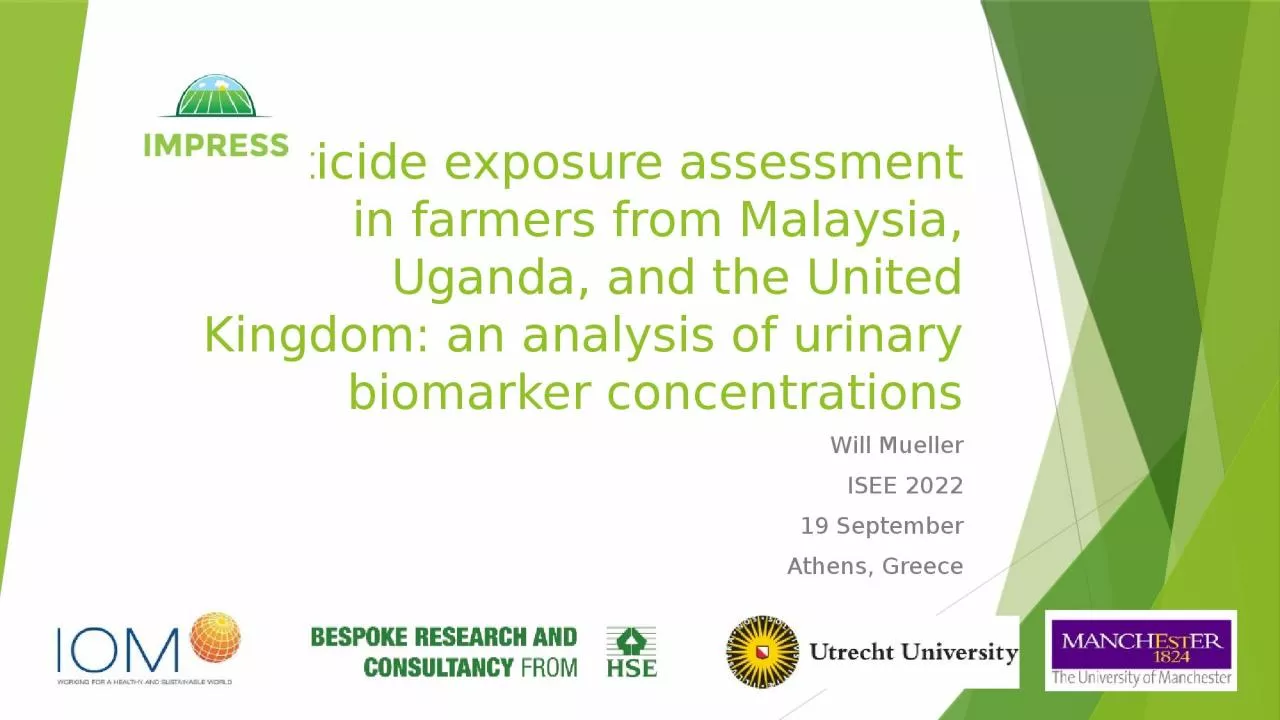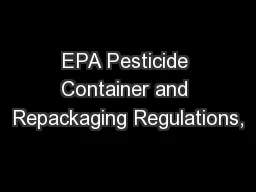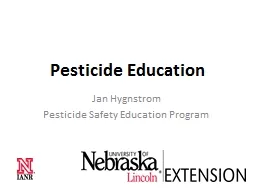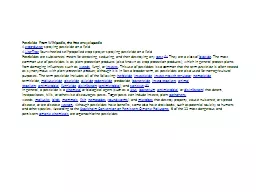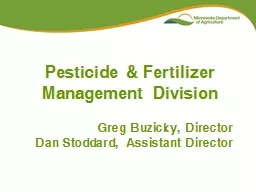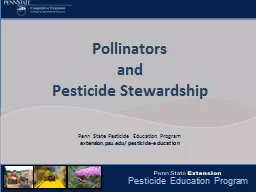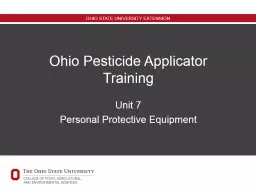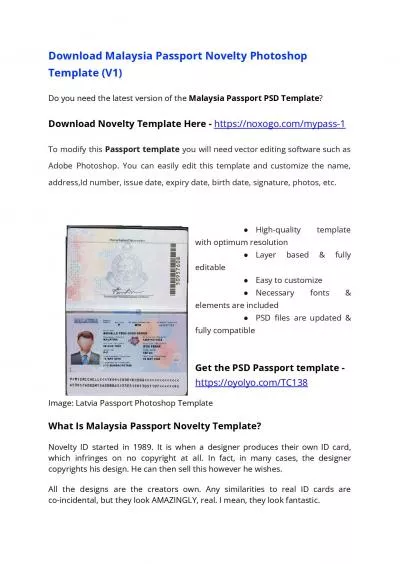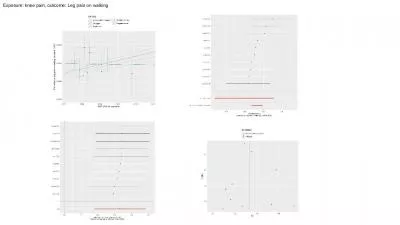PPT-Pesticide exposure assessment in farmers from Malaysia, Uganda, and the United Kingdom:
Author : winnie | Published Date : 2024-01-29
Will Mueller ISEE 2022 19 September Athens Greece Background 4M tonnes of active ingredients applied globally each year 1 Occupational exposure to pesticides linked
Presentation Embed Code
Download Presentation
Download Presentation The PPT/PDF document "Pesticide exposure assessment in farmers..." is the property of its rightful owner. Permission is granted to download and print the materials on this website for personal, non-commercial use only, and to display it on your personal computer provided you do not modify the materials and that you retain all copyright notices contained in the materials. By downloading content from our website, you accept the terms of this agreement.
Pesticide exposure assessment in farmers from Malaysia, Uganda, and the United Kingdom:: Transcript
Download Rules Of Document
"Pesticide exposure assessment in farmers from Malaysia, Uganda, and the United Kingdom:"The content belongs to its owner. You may download and print it for personal use, without modification, and keep all copyright notices. By downloading, you agree to these terms.
Related Documents

